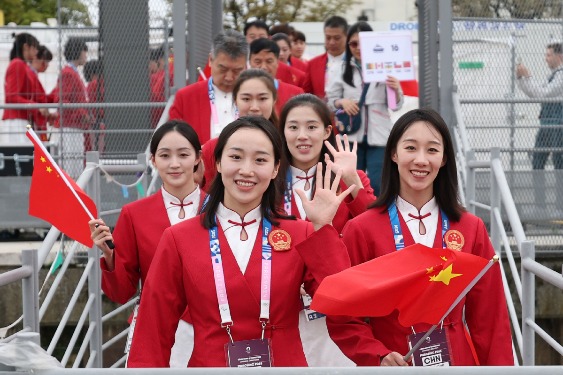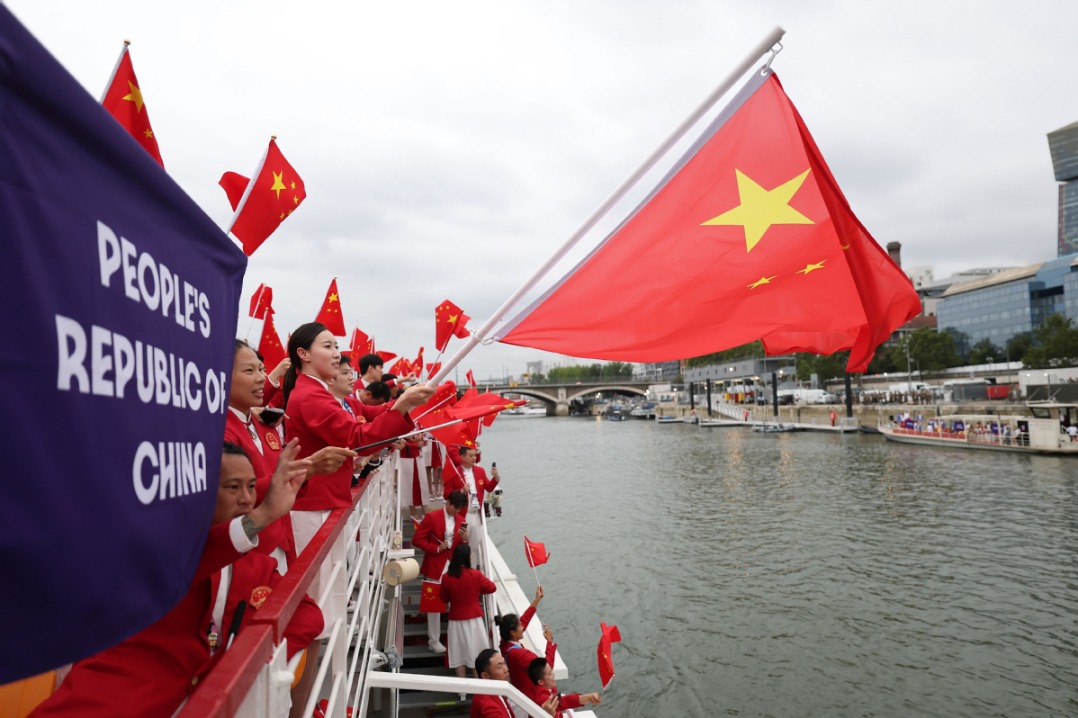After 100 years, hidden stories of struggles come to light


Pain of separation
"My ancestors from China arrived more than 100 years ago to seek a new and better life. Their sacrifices and perseverance will not be forgotten by our family. For us, it is hard to think of the pain of separation, loneliness from loved ones so far away," said Gerry Yee.
When Harry Yee went back to China for the first time in 1928, he got married. The young couple could stay together no more than two years. If he stayed in China for more than two years, he could not return to Canada under the exclusion law. Harry Yee left his wife right after their first child, a baby girl, was born, Unfortunately, the girl died young.
Harry Yee's first wife was not able to come to Canada. He remarried in 1947 in Canada, and the couple raised four children, including Gerry.
In 1989, Harry Yee finally returned to his ancestral village in Toi San county, currently known as Taishan, Guangdong. It had been 51 years since he last left his hometown.
Gerry Yee described the trip: "I was with him on that journey that was emotionally overwhelming for him and me. Seeing his first wife and many relatives, young and old, was pure joy. He was singing songs of his youth and savored every moment of the familiarity of the language, scenery and atmosphere."
Andrew Ong Dick traveled with his wife and son to the museum from Edmonton, Alberta. Standing by the C.I. certificate of his grandfather Jett Mah, Dick recalled fragmented memories of Mah and his family.
"My mom would be very upset talking about her father, because he died young, and she did not spend too much time with him," Dick told China Daily.
Mah was born in Toi San as well and arrived in Canada in 1913 as a 15-year-old, following his older brother who was already settled in Alberta. He returned to China in 1932 to marry.
"My grandmother was unable to come to Canada because she didn't have the right papers," said Dick. "My grandfather had to support his wife and daughter by regularly sending money home."
'Great opportunity'
Dick's son said it was a great opportunity to remember Chinese ancestors in the museum.
"This is a great opportunity to remember our forebears and remember our history and our culture and tradition," he said, showing a copy of his great-grandfather's picture on his phone.
Catherine Clement, The Paper Trail curator, said she began crowd-sourcing the C.I. certificates from across the country four years ago. Because many ripped up their certificates upon the 1947 repeal of the Exclusion Act, there are only a few thousand left out of the 97,000 issued.
"The very things that we hated — these objects of control and surveillance — are the things that help us trace back the story of exclusion," said Clement.
The exclusion of Chinese immigrants during 1923-47 was designated a national historic event in June 2023. A commemorative bronze plaque from Parks Canada was also unveiled during the opening ceremony on July 1 to mark 100 years of the Chinese Immigration Act of 1923.
Canada's Minister of International Trade, Export Promotion, Small Business and Economic Development, Mary Ng, who attended the opening ceremony and unveiled the plaque, said the Exclusion Act not only prevented Chinese from entering Canada, but also reinforced negative stereotypes and prejudice among those in the Chinese community. As a result, Chinese Canadians faced immense discrimination and racism during that dark chapter in history.
"But Chinese Canadians with resilience and perseverance didn't give up. They didn't accept this discriminatory treatment lightly. They organized and they launched advocacy after advocacy to campaign (for) the repeal," said Ng. "And finally, in 24 years, it was 1947 that they repealed this piece of legislation."
She called the new museum a monumental advance for continuing education and preserving the deep-rooted national history, art and heritage of Chinese Canadians.
A study in Ontario shows that the Chinese population of the province is 11 percent, but the percentage of Chinese Ontarians in leadership positions on various institutions' boards is 2 percent.
"Eleven percent of the population and only 2 percent of the leadership positions, some of it may be discrimination, but some of it also is our own community not yet willing to step up," said Senator Woo. "I encourage the young Chinese generation to take the responsibility to take the leadership."
Woo said young Chinese Canadians should take their place in society by aspiring for leadership positions in all fields of work, so that the Chinese community's voices can be heard and to make sure there is no stigmatization or discrimination against Chinese Canadians ever again.
"This is the 100th anniversary of the Chinese exclusion, and this is a very good time to think about how we do not have any modern exclusion," Woo added.
























